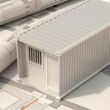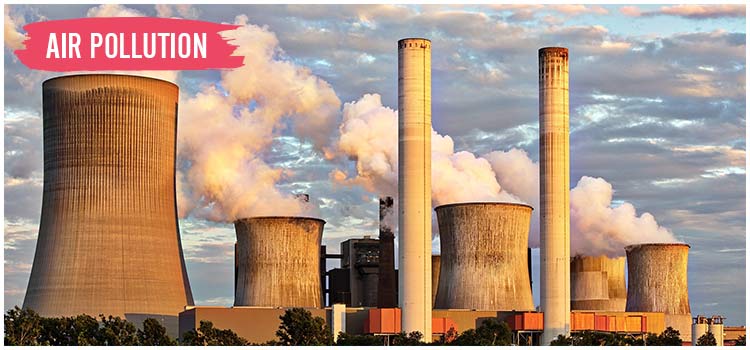Have you ever walked beside a large pile of burning wood? The orange fire and rising ashes always create a unique visual vibe.
But will you be able to stand there for hours? No, you will feel the heat and the ashes gusting into your skin, nose and lungs. Burning or any infliction of unwanted materials into the atmosphere causes severe effects on our atmosphere.
Air pollution is the invasion of any closed or open environment by any physical, biological or chemical agent that alters the inherent qualities of the atmosphere. Forest fires, motor vehicles, industrial facilities, etc., are the common reasons for air pollution. WHO data points that all of the global population (99%) take in air that crosses WHO guideline thresholds, with most third-world countries suffering from the most severe vulnerability. Here are the eight modern ways to reduce the effects of air pollution.
Electrostatic Precipitator
It eliminates small pollutants from gas streams by applying electrical energy to activate the particles (negative or positive charge).
When the contaminated air is shot into an electrostatic precipitator, it creates an electric charge on the pollutants. Finally, they get deposited on the electrodes. The accumulated particles may be eliminated from the collector plates as wet or dry materials, depending on the nature of the pollutants. ESPs are almost 99 percent efficient in air filtration.
Fabric Filters
The contaminated matter is passed through a porous material made of compact or woven fabric. The tiny particles in the polluted air are deposited, filtered and gathered in the cloth filters. The method of retraining air pollution with fabric or cloth filters is called bag filtration.
Reverse air, pulse-jet and shaker are the three versions of fabric filter techniques. Each method has been created to counter specific scenarios.
Gravity Settling Chambers
They are generally deployed to remove large, abrasive particles (generally >50 μm) from the gas stream. In this method, the particulates get deposited and eliminated by the exertion of gravitational force. It provides enlarged areas to minimise horizontal velocities and allows for faster vertical velocity to transfer the particle to the floor.
Combustion
The pollutant airstream undergoes catalytic combustion. It is a chemical mechanism that utilises a catalyst to pace up the oxidation process of fuel, thus decreasing the production of unwanted products, mainly dangerous nitrogen oxide compounds (NOx). It is then transformed into less harmful carbon dioxide and water byproducts. This technique is used when the contaminants are vapours or organic gases.
Absorption
In this method, polluted air is shot into a material equipped with an effective liquid absorbent, which sucks the dangerous pollutants in the dirty airstream.
Cyclones
A cyclone eliminates contaminants by allowing the polluted airstream to pass through a spiral trajectory inside a closed cylindrical structure. Polluted air rushes into the cylinder from a tangential angle at the device’s outer wall, forming a whirlpool as it swirls within the cylinder. Because of their massive inertia, the bigger pollutants travel outward and are exerted against the cylinder wall. Damped by friction with the wall surface, they then slip down the chamber into the dust hopper at the foot of the cyclone.
Wet Scrubbers
It is a type of pollution controlling apparatus that employs a liquid to eliminate particulates from a torrent of gas. They are used to collect SO2, metal fumes and NH3 by shooting the fumes through a body of water. Wet scrubbers are used in a broad range of manufacturing and processing industries that use electrical conductivity, metal finishing, and chemical reactions, etc. (industries generating corrosive fumes and gases).
Carbon Sequestration
Carbon sequestration facilitates the long-term collection of carbon dioxide on the surface of Earth in forests and oceans. It heavily relies on the forest growth and vitality of the biosphere.
Deforestation diminishes organic carbon sequestration. A new technology called geosequestration is under development for collecting carbon dioxide inside Earth’s surface. It predominantly entails pumping carbon dioxide straight into underground ‘geologic’ chambers.









